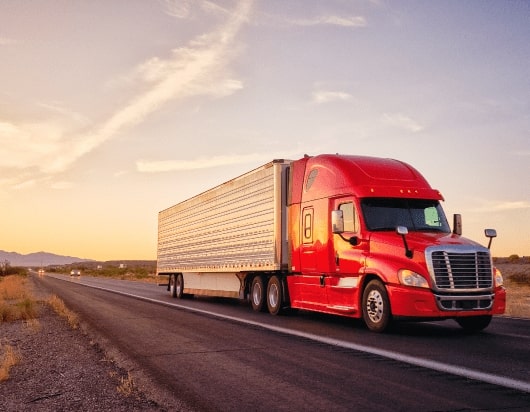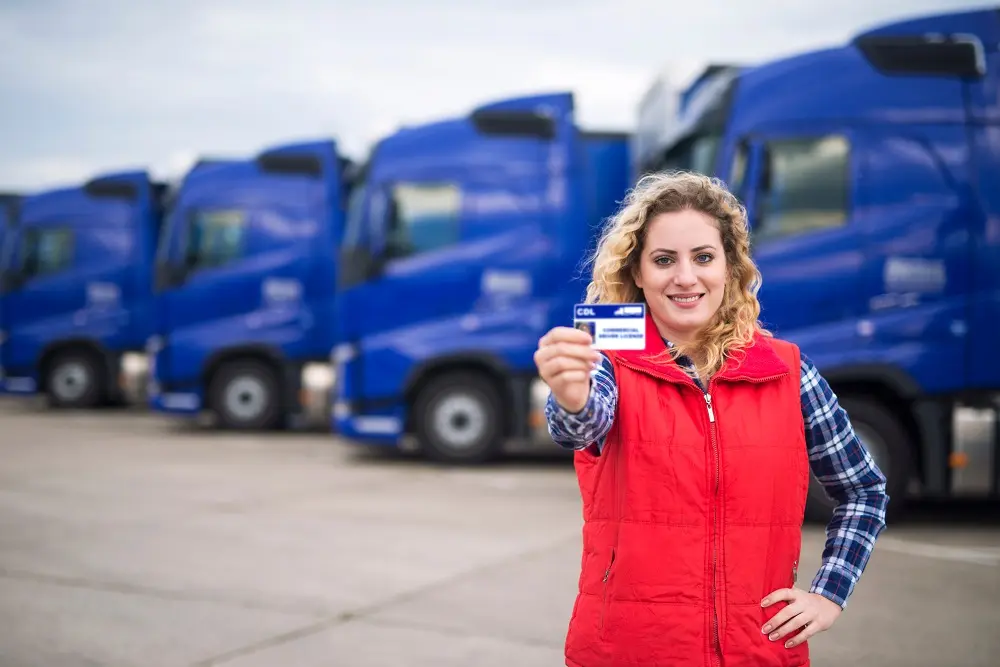House of Dispatch news
Blog
Comprehensive Guide to CDL vs. Non-CDL Driver’s Licenses

In the realm of vehicular operation, understanding the distinctions between Commercial Driver’s Licenses (CDL) and Non-Commercial Driver’s Licenses (non-CDL) is paramount. This guide delves into the nuances of each, providing clarity for those navigating the licensing landscape.
Defining CDL and Non-CDL Licenses
A Commercial Driver’s License (CDL) is mandated for individuals intending to operate vehicles that exceed specific weight thresholds or are designed to transport a certain number of passengers. This includes vehicles such as large trucks, buses, and vehicles transporting hazardous materials. The primary objective of a CDL is to ensure that drivers possess the requisite skills and knowledge to handle these complex vehicles safely.
Conversely, a Non-Commercial Driver’s License (non-CDL) is the standard license held by most drivers. It permits the operation of personal vehicles, including cars, motorcycles, and light trucks, primarily for personal use and not for commercial purposes.

Key Differences Between CDL and Non-CDL Licenses
Understanding the distinctions between CDL and non-CDL licenses is crucial for compliance and safety. Below are the primary differences:
Vehicle Weight and Classification
- CDL Requirements: A CDL is required for operating vehicles with a Gross Vehicle Weight Rating (GVWR) exceeding 26,000 pounds. This encompasses large trucks, tractor-trailers, and buses. Additionally, vehicles designed to transport 16 or more passengers or those carrying hazardous materials necessitate a CDL.
- Non-CDL Applicability: Non-CDL licenses cover vehicles with a GVWR below 26,000 pounds, such as standard passenger cars, SUVs, and light trucks.
Licensing Classes and Endorsements
CDLs are categorized into three classes, each permitting the operation of specific vehicle types:
- Class A CDL: Allows the holder to operate any combination of vehicles with a GVWR exceeding 26,000 pounds, provided the towed vehicle’s GVWR exceeds 10,000 pounds. This includes vehicles like tractor-trailers and livestock carriers.
- Class B CDL: Permits the operation of a single vehicle with a GVWR exceeding 26,000 pounds, or a combination vehicle where the towed vehicle’s GVWR does not exceed 10,000 pounds. Examples include straight trucks and large buses.
- Class C CDL: Required for vehicles designed to transport 16 or more passengers (including the driver) or for transporting hazardous materials in quantities that require placarding.
Non-CDL licenses, typically referred to as Class D licenses, allow for the operation of personal vehicles without the need for additional endorsements.
Training and Testing Requirements
- CDL: Obtaining a CDL involves comprehensive training, including both written and skills tests. Applicants must demonstrate proficiency in vehicle inspection, basic control, and on-road driving. Additionally, medical examinations are required to ensure the driver’s physical capability to operate commercial vehicles safely.
- Non-CDL: Securing a non-CDL license generally requires passing a written knowledge test and a practical driving exam. The process is less rigorous compared to CDL requirements, reflecting the lower risk associated with operating standard passenger vehicles.
Medical and Age Requirements
- CDL: Drivers must be at least 18 years old to obtain a CDL for intrastate driving and 21 for interstate driving. A valid Medical Examiner’s Certificate is also required, confirming the driver’s health status.
- Non-CDL: Age requirements vary by state but typically start at 16 or 18 years old. Medical examinations are not usually mandated unless specific conditions apply.
Employment Opportunities
Holding a CDL opens avenues in various sectors, including:
- Trucking Industry: Opportunities to operate heavy trucks for transporting goods across regions.
- Public Transportation: Driving buses for city transit systems or school districts.
- Specialized Transport: Hauling hazardous materials or oversized loads, often accompanied by higher compensation due to the specialized skills required.
Non-CDL holders are generally limited to personal driving or roles that involve operating light vehicles not used for commercial purposes.
Choosing between a CDL and a non-CDL license hinges on your driving intentions. For those aiming to pursue careers in commercial driving, obtaining the appropriate CDL is essential. Conversely, for everyday personal transportation needs, a non-CDL license suffices. It’s imperative to assess your objectives and ensure compliance with licensing regulations to promote safety and legality on the roads
